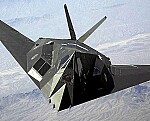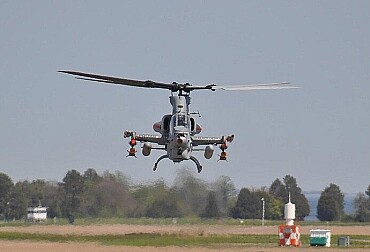Challenges and Uncertainties Surrounding the U.S. Air Force's Sentinel Missile Program
The U.S. Air Force's efforts to modernize its nuclear triad, a crucial component of the nation's defense, are facing significant challenges, with rising costs and uncertainties casting a shadow over the LGM-35A Sentinel intercontinental ballistic missile program. Speaking at an online event hosted by the Center for a New American Security think tank, Secretary of the Air Force Frank Kendall expressed concerns about the Sentinel program and highlighted the critical importance of its success.
Kendall's apprehension about the Sentinel program is notable, considering his background and extensive experience in defense procurement. He mentioned that he is even more nervous about the Sentinel program than the B-21 Raider stealth bomber, another critical initiative to upgrade the Air Force's nuclear capabilities. Both the Sentinel and B-21 programs are managed by Northrop Grumman and are deemed programs that "cannot fail."
One of the primary issues surrounding the Sentinel program is its immense complexity and scope. Kendall noted that Sentinel encompasses real estate development, civil engineering, communications and command-and-control infrastructure creation, and the production of the missile itself. "Sentinel is one of the most large, complex programs I've ever seen," he stated, further emphasizing that it might be one of the most significant undertakings in the history of the Air Force.
The contract for the Sentinel program, previously referred to as the Ground Based Strategic Deterrent (GBSD), was awarded to Northrop Grumman in 2020, amounting to $13.3 billion. It aims to replace the aging LGM-30G Minuteman III missile system, which has been in service for over five decades. However, in the early stages of the program, Kendall acknowledged that there were substantial uncertainties, particularly concerning costs.
Kendall used the term "unknown unknowns" to describe unforeseen challenges that have arisen, especially in the realm of command-and-control infrastructure, which includes the facilities used for launching the Sentinel missiles. These unforeseen issues may lead to increased costs as the program progresses.
"As we get more into the program, as we understand more deeply what we're actually going to have to do, we're finding some things that are going to cost money," Kendall said. "We're trying to assess how much of an impact that's going to have and what kind of adjustments we're going to have to make because of it."
The Government Accountability Office (GAO) released a weapons assessment report in June that highlighted several problems with the Sentinel program. These issues could potentially cause the program's rollout to slip from the originally projected date of 2029 to sometime between April and June 2030. The GAO report pointed out staffing shortfalls, supply chain issues, and software challenges as the primary hurdles.
The Sentinel program inherits a significant responsibility from the Minuteman III, which currently comprises 400 missiles in 450 silos across nearly 32,000 square miles. The successful development and deployment of the Sentinel system are critical to maintaining the nation's nuclear deterrent capabilities.
In contrast to the concerns surrounding the Sentinel program, Kendall expressed cautious optimism about the B-21 Raider program. The first B-21 Raider recently completed its long-awaited maiden flight on November 10. While Kendall acknowledged minor internal delays, he noted that the program largely adheres to the plan he and William LaPlante, now the undersecretary of Defense for acquisition and sustainment, established during their tenures in the Obama administration.
The challenges facing the Sentinel program highlight the complexities and uncertainties inherent in developing and modernizing critical defense capabilities. As the U.S. Air Force navigates these challenges, it remains committed to ensuring the reliability and effectiveness of its nuclear triad.








